



To evaluate the performance of high-pressure cleaners, focus on the flow rate measurement, often referred to in gallons per minute. This specification determines how much water is expelled from the unit, directly influencing cleaning capability. An optimal flow rate enhances the efficiency of cleaning tasks by allowing for better coverage and quicker results.
For residential use, a model that delivers between 1.5 to 2.5 gallons per minute is typically sufficient. This range strikes a balance between effective cleaning and water conservation. Consider your specific cleaning needs when choosing a machine; for example, removing dirt from vehicles or patios may require a higher flow rate, while maintenance tasks like balcony cleaning may not.
It is also essential to pair the flow rate with suitable pressure ratings to achieve the best cleaning outcomes. A unit with a high flow rate but low pressure may struggle with stubborn stains, whereas high pressure without adequate water flow can lead to uneven cleaning results. Strive for a cohesive balance between these specifications to maximise your cleaning efficiency.
Understanding Gallons Per Minute in Pressure Washers
For optimal performance, aim for machines that provide a flow rate of 2.5 to 5.0 gallons per minute. This range efficiently balances water delivery with pressure output, ensuring effective cleaning without excessive water usage. Higher flow rates can be beneficial for rinsing large surfaces quickly, reducing cleaning time significantly.
Implications of Flow Rate
A higher flow rate means increased efficiency in washing tasks. For instance, if you’re tackling dirt-heavy areas like driveways or patios, a model with 4.0 GPM will allow you to cover more ground swiftly compared to a unit at 2.0 GPM. Choosing the right flow rate ensures you waste less time and achieve a cleaner finish with fewer passes.
Compatibility with Nozzles
Additionally, understand that the chosen nozzle has a direct impact on performance. Opt for wider nozzles with higher GPM ratings to effectively disperse water, especially on surfaces that require less intense cleaning. This allows for adjustable versatility when engaging various cleaning tasks, ensuring you can switch between delicate and tough jobs seamlessly without compromising results.
How GPM Affects Cleaning Power
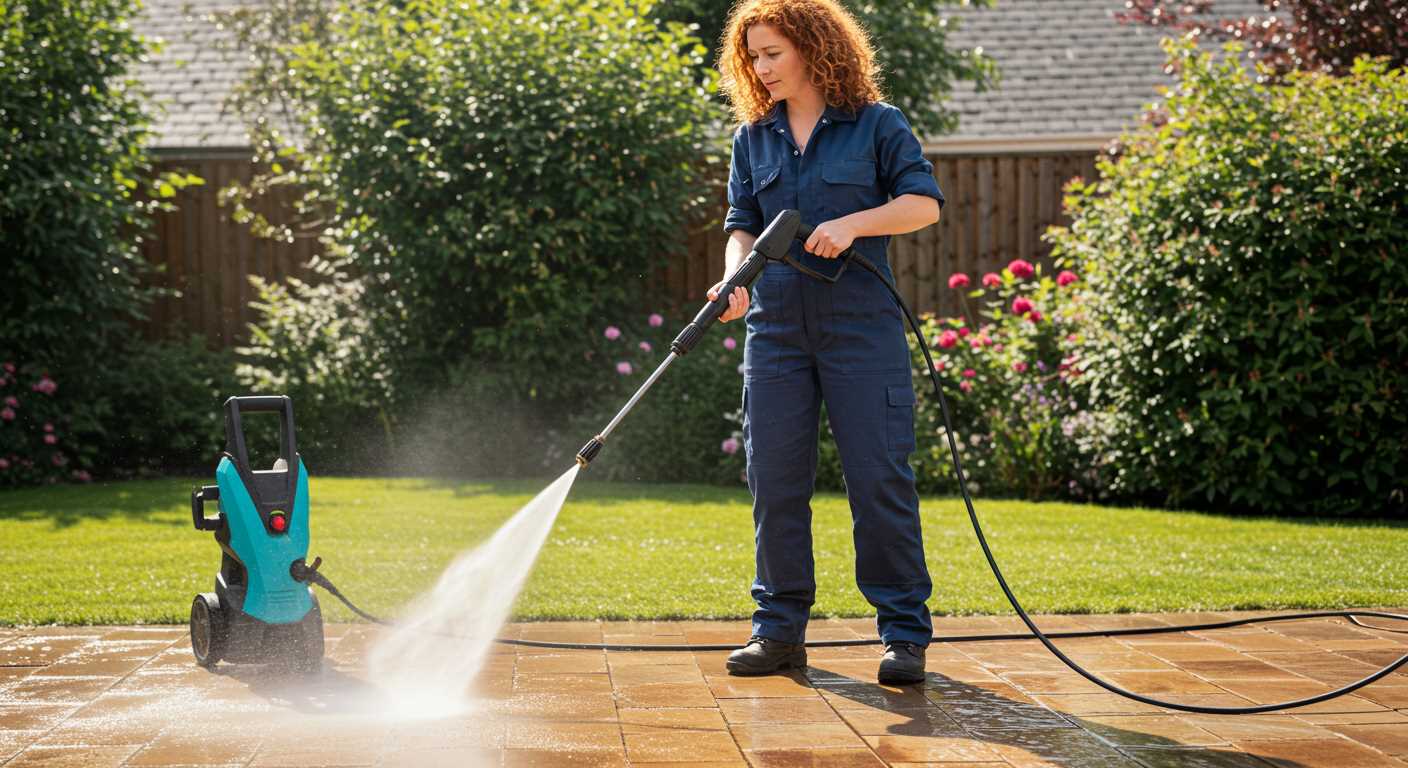
A higher gallons per minute rating directly correlates with superior cleaning capabilities, fundamentally influencing dirt and grime removal efficiency. Choosing the right unit requires evaluating applications and desired results.
Impact on Dirt and Stains
Units delivering greater flow rates can rinse surfaces more effectively. Typical applications include:
- Concrete and Driveways: For heavy staining, a model with a minimum of 2.5 GPM is advisable, as it ensures thorough cleaning.
- Decks and Patios: A range of 2.0 to 2.5 GPM suffices for standard cleaning without risking damage.
- Vehicles: A wash rate around 1.5 to 2.0 GPM is optimal. While sufficient for light dirt, higher flow can aid in quicker rinse-off.
Efficiency and Time Savings
Flow rate enhances efficiency. Here’s how:
- Higher GPM units reduce the time taken to clean large areas.
- Multiple passes become unnecessary, conserving water and energy.
- Rapid rinsing translates to less effort exerted on stubborn stains.
In the cleaning equipment domain, understanding the relationship between flow rate and cleaning power is paramount. For top performance, align the appropriate GPM with your specific cleaning needs.
Comparing GPM with PSI for Pressure Washing
In reviewing the specifications of cleaning equipment, it’s essential to analyse the interplay of flow rate and pressure. Both elements significantly influence the outcome of any task, whether removing grime from pavement or cleaning vehicles.
Flow Rate Impact
A higher flow rate contributes to quicker coverage of larger surfaces. If you’re managing expansive areas, opting for a model with greater gallons per minute will enhance efficiency. This doesn’t merely accommodate faster work; it also aids in rinsing away debris, promoting a more thorough clean.
Pressure Importance

Conversely, the pressure, measured in pounds per square inch, determines the intensity of the water’s impact. Elevated pressure can dislodge stubborn dirt. However, excessive pressure may damage delicate surfaces. Understanding the right balance between these two metrics is paramount for optimal results.
For my own application, I’ve found that aligning flow rate and pressure can drastically improve cleaning power. A model with a modest PSI paired with a high GPM can often outperform an option with significantly higher PSI but lower flow in residential tasks.
Choosing the Right GPM for Your Cleaning Tasks
For specific cleaning jobs, selecting the optimal flow rate is key. For light tasks such as washing vehicles or outdoor furniture, a machine offering 1.5 to 2.0 gallons per minute suffices. Medium-duty chores, including cleaning driveways and decks, require around 2.0 to 3.0 gallons per minute. Heavy-duty applications, like removing grease from industrial surfaces, demand 4.0 gallons per minute or higher.
Task-Specific Recommendations
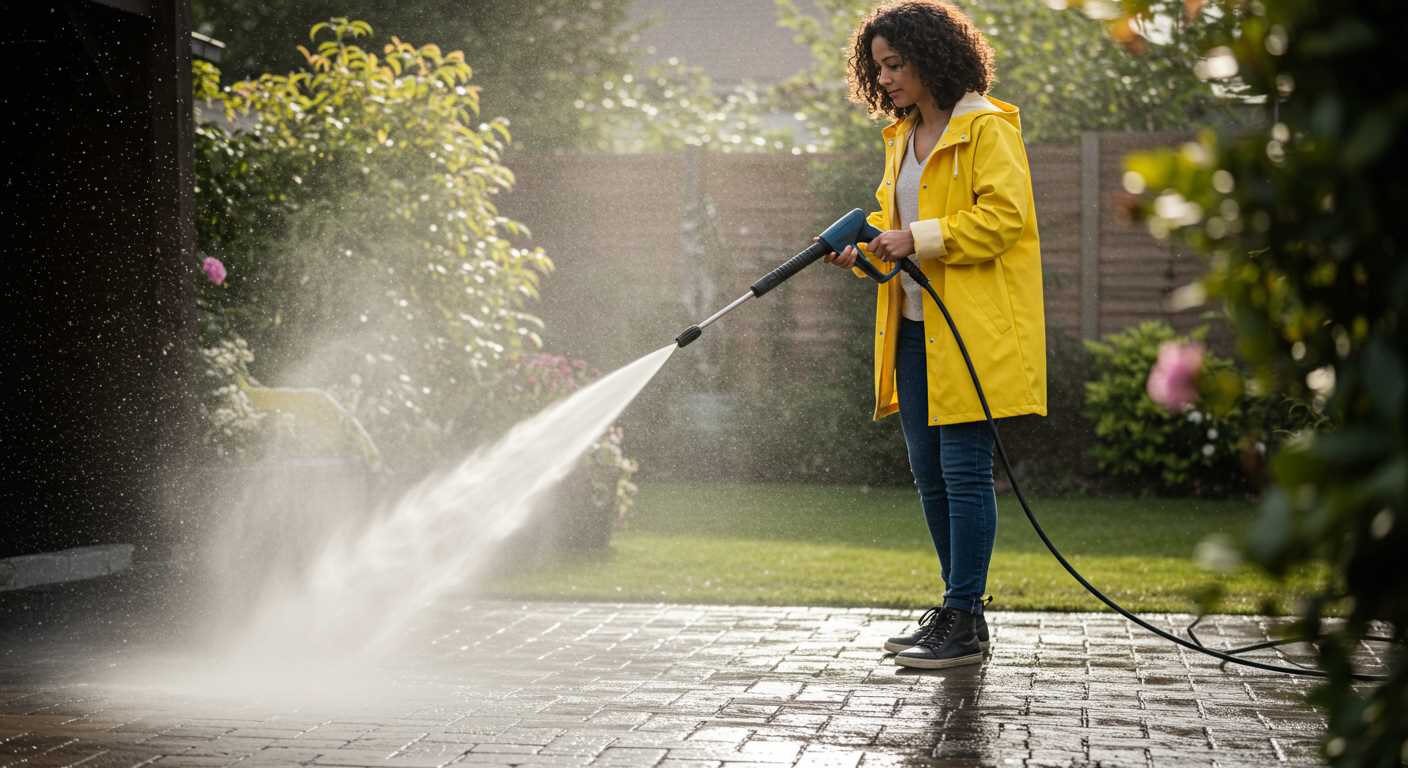
| Cleaning Task | Recommended GPM |
|---|---|
| Cars and Bikes | 1.5 – 2.0 GPM |
| Patios and Decks | 2.0 – 3.0 GPM |
| Driveways | 2.5 – 3.5 GPM |
| Graffiti Removal | 3.0 – 4.0 GPM |
| Industrial Cleaning | 4.0+ GPM |
Understanding the scope of your cleaning task allows for a better match with the right flow rate. Using a device with an inappropriate GPM not only reduces efficiency but may also damage surfaces. Always assess the area to be cleaned and choose wisely.
The Impact of GPM on Water Consumption
Opting for a machine with lower flow rates conserves water significantly while still achieving satisfactory results. Understanding this ratio helps in making better choices, ultimately reducing expenses related to water usage.
Key Water Usage Insights
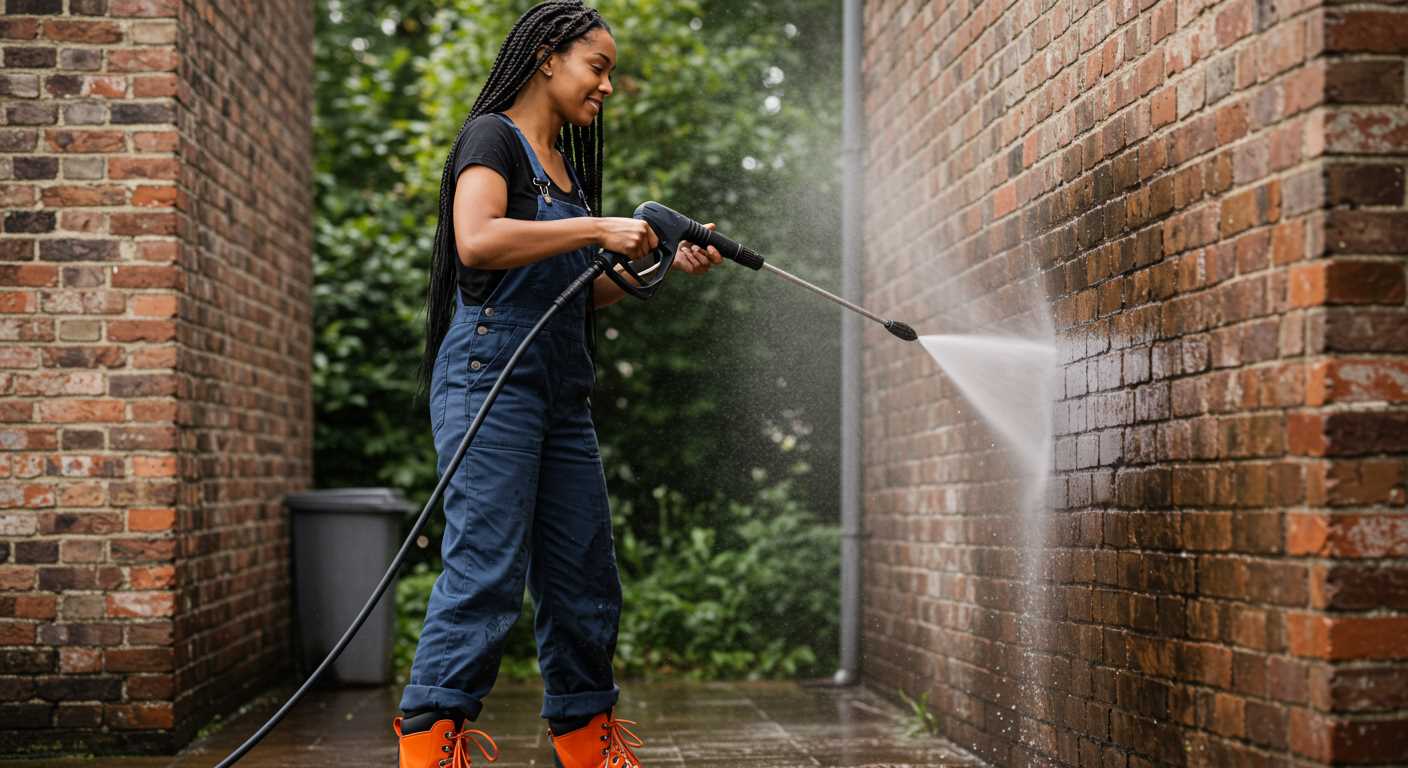
- Typical flow rates vary from 1.2 to 5.0 gallons per minute; selecting the right option balances effectiveness and efficiency.
- Higher GPM translates to faster work completion but demands more water, impacting utility bills.
- Lighter jobs, like cleaning vehicles or decks, can often be effectively serviced with lower flow rates.
Strategies for Reducing Water Waste
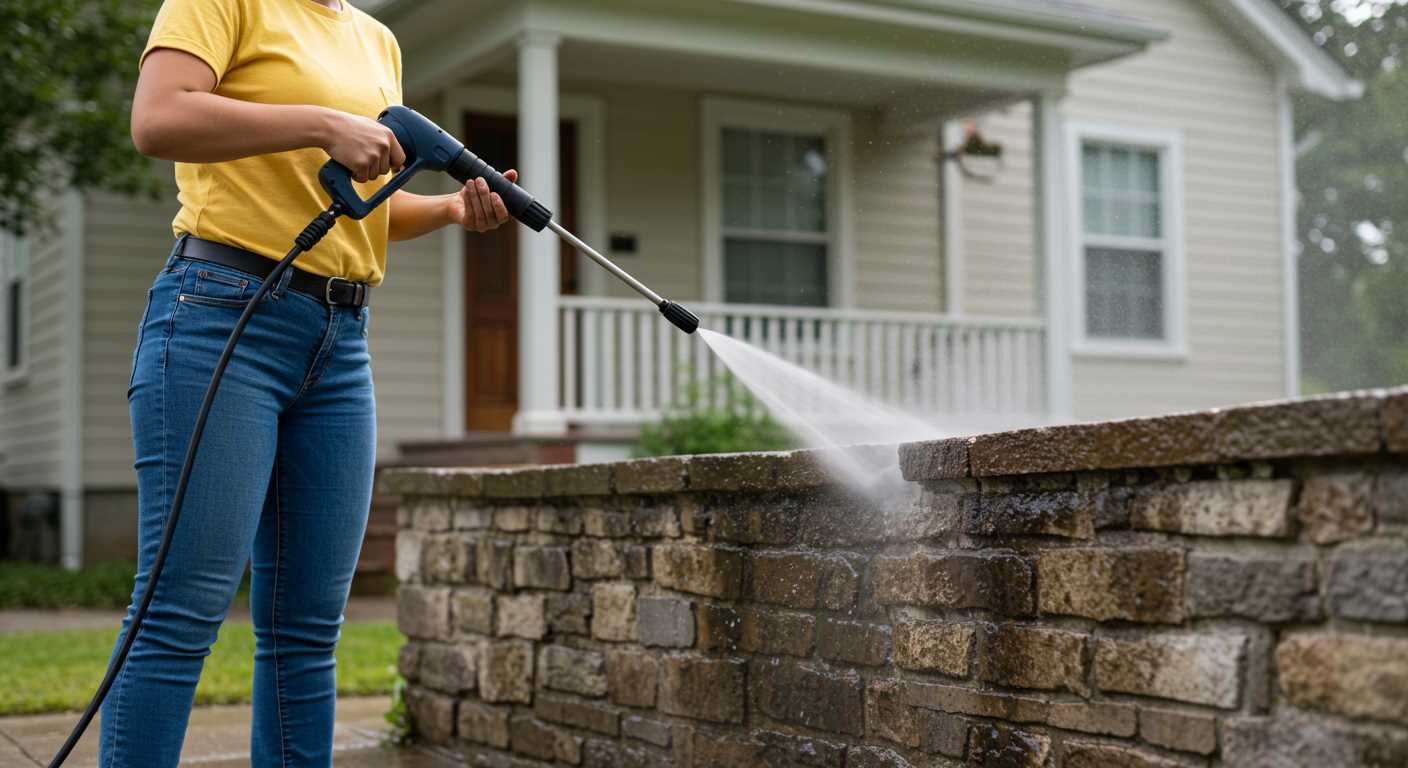
- Utilize attachments designed for specific tasks to maximise the cleaning power without excessive flow.
- Employ techniques such as pre-soaking surfaces, limiting the need for prolonged washing.
- Regular maintenance of the equipment can prevent water leaks, ensuring efficient operation.
By carefully considering flow rates, one can significantly lower water consumption without compromising cleaning efficiency. Recognising the implications of flow in various applications facilitates smarter, more sustainable choices. This awareness contributes not just to personal savings, but also promotes eco-friendly practices in daily cleaning routines.
Common Misconceptions About GPM in Pressure Washers
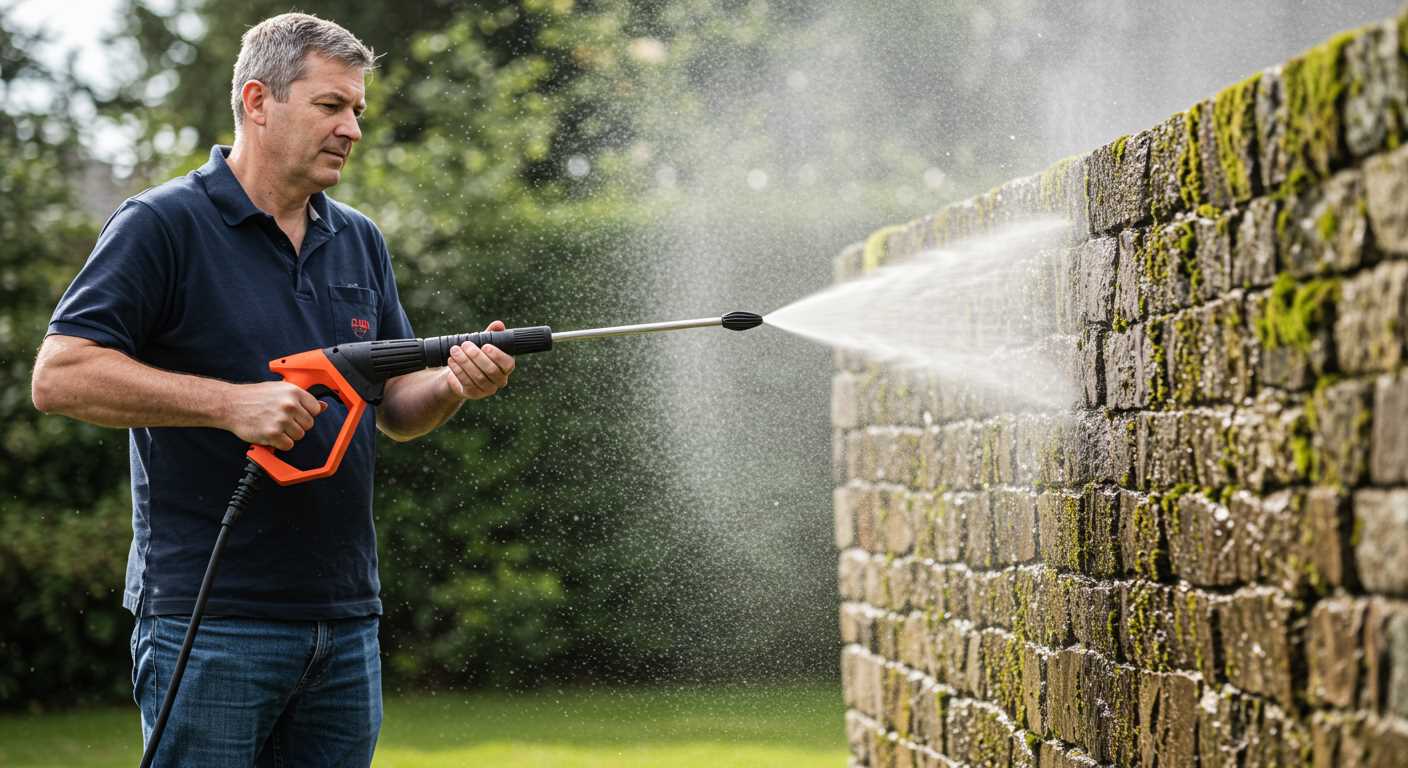
A frequent misunderstanding is equating higher flow rates solely with better cleaning. While increased flow can enhance rinsing capabilities, it does not always translate to superior dirt removal. The effectiveness largely depends on the combination of flow rate and pressure exerted by the machine.
Another common belief is that a higher flow rate is always preferable for all tasks. However, for more delicate surfaces, like painted wood or certain types of stone, a gentler approach with lower flow can be more effective to avoid damage.
Many users think that flow rate is the only factor that matters when selecting a machine. In reality, the balance with pressure is crucial. A washer with high flow but low pressure may leave dirt behind, while one with high pressure and low flow may not rinse effectively.
It is also a misconception that all models with similar flow rates perform equally. Variances in design, motor quality, and pump efficiency can lead to significant differences in real-world performance.
Another point of confusion is the idea that higher flow rates directly increase water usage without any benefits. An effective cleaning cycle may actually require less water if the machine can efficiently combine both flow and pressure.
Lastly, I often encounter users who assume that adjusting flow rate alone will suffice for different cleaning tasks. Instead, understanding the specific requirements of each job and how the combination of pressure and flow impacts performance is essential for achieving optimal results.
Adjusting GPM for Different Surfaces and Stains
For delicate surfaces like painted wood or vinyl siding, opt for a lower flow rate, around 1.2 to 1.5, to avoid damage while ensuring effective cleaning. This prevents stripping paint or denting softer materials.
Concrete and brick are more robust and can handle higher rates; set your device to 3 to 4 for removing stubborn stains like oil or grime. This strong flow aids in lifting embedded dirt effectively.
For vehicles, a moderate flow rate between 1.5 and 2.5 is advisable. This balance protects the finish while effectively targeting dirt and road grime without risking clear coat damage.
When tackling patio furniture or grills coated in grease and grime, around 2 to 3 is optimal. This range facilitates a balance between power and safety, ensuring surfaces are cleaned thoroughly without causing harm.
If you’re addressing tough stains like mildew or algae on pathways, increasing the rate to 2.5 to 3.5 can enhance the cleaning process. Combined with the right detergent, this approach yields excellent results.
Certain surfaces like painted fences should be treated with caution. A flow rate of 1.2 to 1.8 helps avoid stripping while still allowing effective debris removal.
Always conduct a spot test on any new surface to gauge compatibility with the selected flow rate. Adjust as needed based on the material’s response, ensuring optimum cleaning without causing damage.
Overall, the key is to select the right flow based on the surface type and stain severity, ensuring efficient cleaning while maintaining surface integrity. Regular adjustments to your equipment can significantly improve your cleaning results.
GPM Ratings: What to Look for in Pressure Washer Specifications
Focus on the flow rate when selecting a cleaning device. Higher flow rates typically yield better results for larger surfaces and heavy-duty tasks. A unit with a rating of 2 to 2.5 gallons per minute is suitable for most home cleaning projects, while models exceeding 3 GPM are better for commercial applications or extensive outdoor cleaning tasks.
Evaluate the intended usage. For light cleaning, like patios and vehicles, a lower flow rate could suffice. However, if tackling tougher grime or larger areas, consider equipment that delivers at least 3 GPM for efficient water distribution and rinsing.
Check specifications for compatibility with various accessories. Some attachments may require a minimum flow rate to function optimally, enhancing overall cleaning performance. Always refer to manufacturer recommendations to ensure you achieve the best results.
Understand the implications of higher flow rates. While they can improve cleaning speed, they may also increase water consumption, impacting your utility bill and environmental footprint. Balance performance with eco-friendliness by choosing models that deliver necessary power without excessive water usage.
Investigate user reviews and expert opinions. Real-world experiences can provide insights into how effectively different flow rates perform under various conditions. Compare reliability and usability across a range of devices to make an informed choice.










